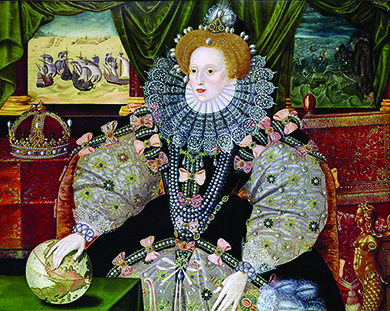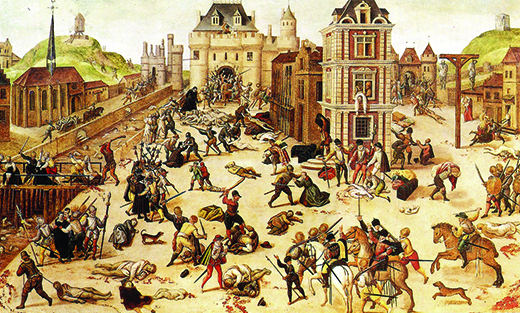| << Chapter < Page | Chapter >> Page > |
Under Elizabeth, whose long reign lasted from 1558 to 1603, Puritans grew steadily in number. After James I died in 1625 and his son Charles I ascended the throne, Puritans became the target of increasing state pressure to conform. Many crossed the Atlantic in the 1620s and 1630s instead to create a New England, a haven for reformed Protestantism where Puritan was no longer a term of abuse. Thus, the religious upheavals that affected England so much had equally momentous consequences for the Americas.
By the early 1500s, the Protestant Reformation threatened the massive Spanish Catholic empire. As the preeminent Catholic power, Spain would not tolerate any challenge to the Holy Catholic Church. Over the course of the 1500s, it devoted vast amounts of treasure and labor to leading an unsuccessful effort to eradicate Protestantism in Europe.
Spain’s main enemies at this time were the runaway Spanish provinces of the North Netherlands. By 1581, these seven northern provinces had declared their independence from Spain and created the Dutch Republic, also called Holland, where Protestantism was tolerated. Determined to deal a death blow to Protestantism in England and Holland, King Philip of Spain assembled a massive force of over thirty thousand men and 130 ships, and in 1588 he sent this navy, the Spanish Armada, north. But English sea power combined with a maritime storm destroyed the fleet.
The defeat of the Spanish Armada in 1588 was but one part of a larger but undeclared war between Protestant England and Catholic Spain. Between 1585 and 1604, the two rivals sparred repeatedly. England launched its own armada in 1589 in an effort to cripple the Spanish fleet and capture Spanish treasure. However, the foray ended in disaster for the English, with storms, disease, and the strength of the Spanish Armada combining to bring about defeat.
The conflict between Spain and England dragged on into the early seventeenth century, and the newly Protestant nations, especially England and the Dutch Republic, posed a significant challenge to Spain (and also to Catholic France) as imperial rivalries played out in the Atlantic World. Spain retained its mighty American empire, but by the early 1600s, the nation could no longer keep England and other European rivals—the French and Dutch—from colonizing smaller islands in the Caribbean ( [link] ).

Religious intolerance characterized the sixteenth and seventeenth centuries, an age of powerful state religions with the authority to impose and enforce belief systems on the population. In this climate, religious violence was common. One of the most striking examples is the St. Bartholomew’s Day Massacre of 1572, in which French Catholic troops began to kill unarmed French Protestants ( [link] ). The murders touched off mob violence that ultimately claimed nine thousand lives, a bloody episode that highlights the degree of religious turmoil that gripped Europe in the aftermath of the Protestant Reformation.

The sixteenth century witnessed a new challenge to the powerful Catholic Church. The reformist doctrines of Martin Luther and John Calvin attracted many people dissatisfied with Catholicism, and Protestantism spread across northern Europe, spawning many subgroups with conflicting beliefs. Spain led the charge against Protestantism, leading to decades of undeclared religious wars between Spain and England, and religious intolerance and violence characterized much of the sixteenth and seventeenth centuries. Despite the efforts of the Catholic Church and Catholic nations, however, Protestantism had taken hold by 1600.

Notification Switch
Would you like to follow the 'U.s. history' conversation and receive update notifications?